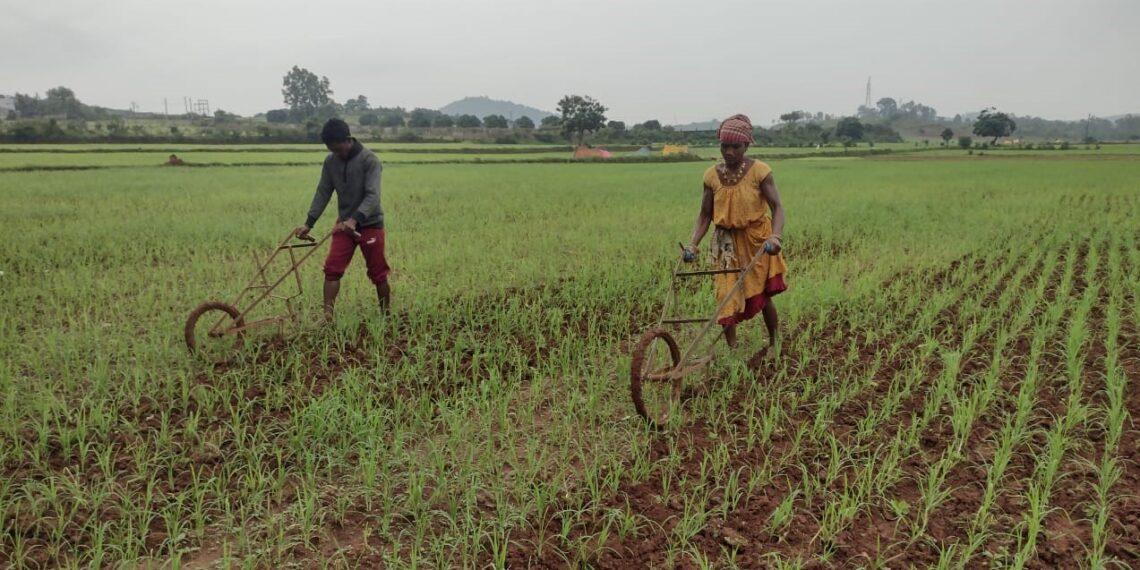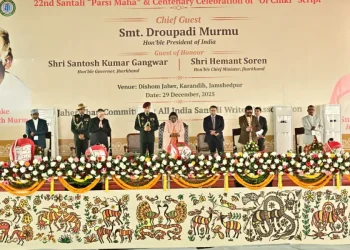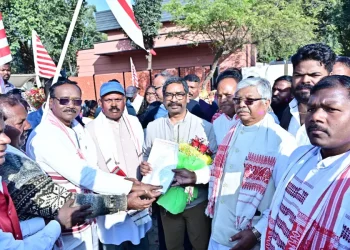Koraput/Bhubneswar
When climate change and water stress pose veritable impediments to agriculture, six finger millet genotypes are claimed to have enough drought-resilience to withstand the impact of weird weather. This trait of six millet landraces—called Ragi—is said to have been tried and tested through pot culture amidst simulated drought conditions by the Central University of Odisha (CUO), Koraput and the MS Swaminathan Foundation (MSSF) in Jeypore of Koraput.
Six local landraces Ladu, Lala, Bati, Biri, Tumika and Bhalu–thattribes like Parajas, Kondhs, Gadabas, Bhatras, Bhumias and Duruas traditionally cultivate in semi-slopes of hilly terrains of Koraput–are claimed to be more drought-resilient than other varieties, called mandia in Odia.
MSSF scientists and experts of CUO’s Department of Biodiversity and Conservation of Natural Resources (DBCNR) have brought 33 genotypes of finger millets including the six under the microscope before zeroing in on this conclusion.
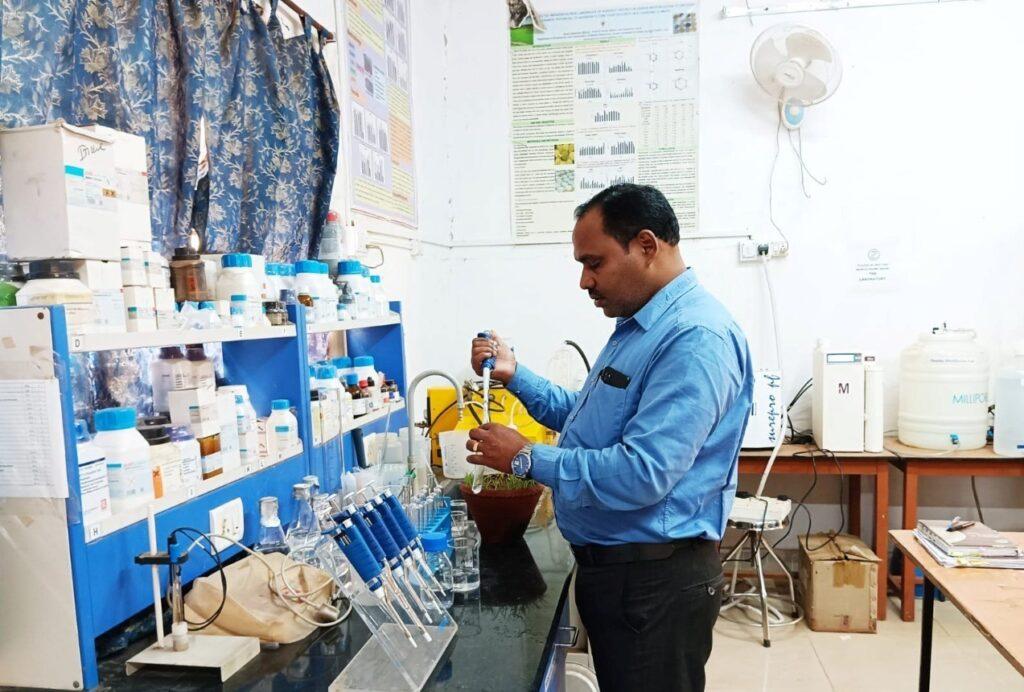
“The six are more drought-resilient than the improved varieties of Bhairabi, Chilika and Arjun released by Bhubaneswar-based Odisha University of Agriculture and Technology (OUAT). Its drought tolerance capacity is even better than that of GPU-28 developed by Bengaluru-based Gandhi Krishi Vigyan Kendra (GKVK) of University of Agricultural Sciences (UAS),” claims Dr. Debabrata Panda, DBCNR Assistant Professor in an interaction with The Indian Tribal.
Even if declared as a global agriculture site in 2012 by Food and Agriculture Organization (FAO) of the United Nations, Koraput is a drought prone region because of uneven and erratic rainfall. The average annual rainfall in the district varies between 1320 mm and 1520 mm. While minor millets like Foxtail and Proso need below 35 cm of rainfall, some major millets like Ragi and Bajra require a minimum 40 cm.
“Rainfall requirement of the six genotypes has not yet been specifically ascertained in terms of statistics. However, their water use efficiency is definitely better than other genotypes. For example, relative water content of Bati is 71.34 per cent in normal conditions and that of same genotype in drought conditions is 71.92 per cent. On the other hand, the relative water content of Bhairabi in normal conditions id 39. 92 percent and that is 30.80 percent in drought conditions,” Dr. Panda said.
“In comparison with paddy, millets including Ragi requires less water. While the former requires 2500 to 3000 liters of water per kilogram, the latter needs 800 to 1000 liters,” he pointed out.
The drought tolerance capacity of the six are higher that of their other counterparts, according to Dr. Kartik Lenka, an MSSF scientist. “For example, drought tolerance index of Bati is 1.659 percent, while that of Bhairabi is 0.731 percent. Similarly, relative growth of the former is 82.81 percent while that of the latter is 35. 56 percent,” he explained to The Indian Tribal.
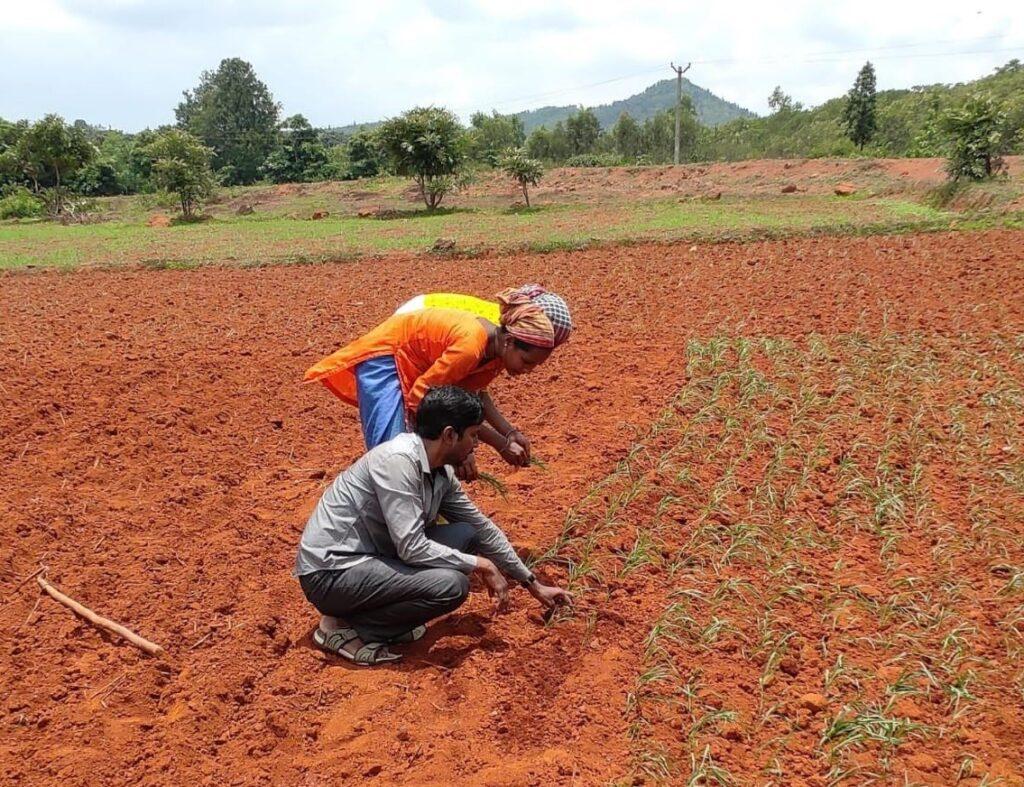
Though tribal farmers are ignorant of scholarly contentions about drought resilience of the six, they have been cultivating them down the ages.
“I cultivate Bati in in two acres while 40 other varieties are grown in half an acre. We lay more importance on Bati as it has been our traditional crop. Besides, it requires less water and yields more,” said Bhumia tribal female agripreneur Raimati Ghiyaria of Nuaguda village of Kundra block whom the Koraput wing of Odisha Millet Mission awarded as Millet Queen last year for her role in promoting millet cultivation. She is also the director of Bamandei Farmer Producers Company in her village.
“Gluten-free Ragi is packed with immense nutritional value. It contains Vitamin B1, Vitamin B2, Vitamin B3, Vitamin B6, calcium, iron, magnesium, phosphorous and potassium along with several other valuable components that the six also contain. However, how much more or less that the six have these are to be determined only through laboratory tests,” said Cuttack-based nutritionist Tanmaya Acharya.
However, a number of tribal farmers there are yet to pin importance on the drought resilient six varieties. One such female farmer is Ashmati Pujari of Mujra village under Baipariguda block. “This year I have resorted to cultivating Arjun variety in my one acre. Next year I will try Bati or Biri in half an acre to test its resilience,” said Ashmati, who belongs to Bhumia tribal community.
Outfits like Koraput Farmers Association (KFA) is aware of the drought tolerance capacity of the six genotypes, but it has made up its mind to first test their resilience in the field. Nearly 25,000 farmers in 12 blocks out of 14 — ignorant of the much-touted drought resilience of millets — have been traditionally growing several varieties including the six. Therefore, KFA has started experimenting it in 10 beds in the panchayat headquarter of Manabar, according to KFA secretary Sarat Kumar Patnaik.
“Ten beds of different millet varieties including the six have been raised for cultivation in Manabar, which will start yielding in 80 to 90 days. KFA will keep on maintaining day-to-day documentation during this whole time span to collate the detailed findings. Then an observation report, duly signed by concerned famers, KFA, agriculture officers, OMM and seed certification officer, will be submitted to state government through district administration,” said Patnaik.
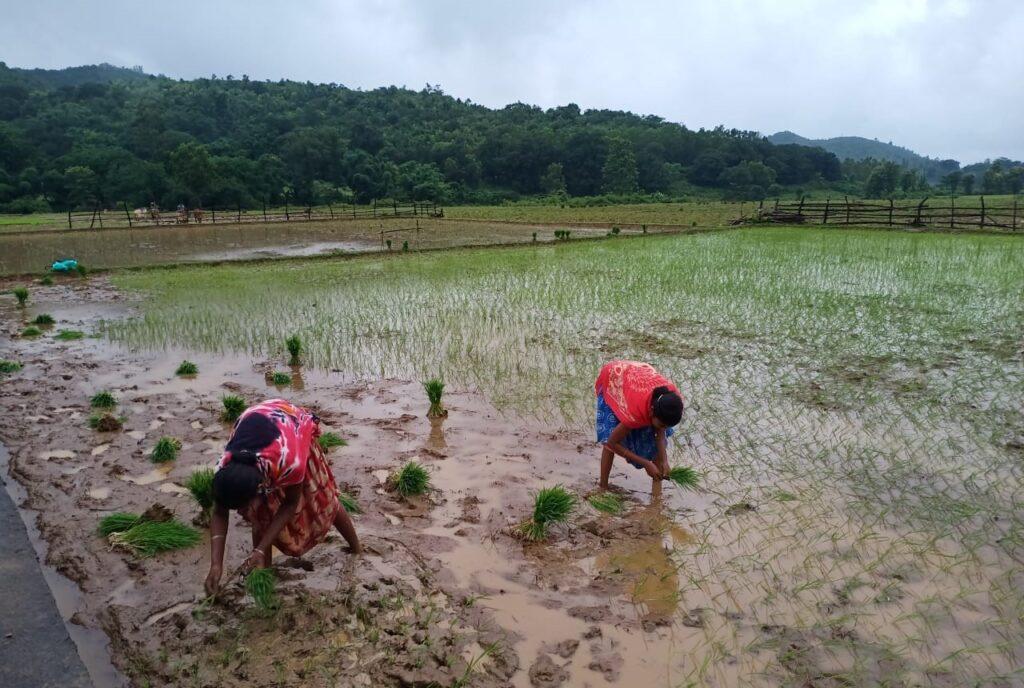
Recently Odisha became the first state in the country to formally release Bati, Kalia, Mami and Bharati as notified varieties to lay stress on its cultivation and seed production. However, except Bati, the other five landraces are yet to earn the tagline of a notified variety.
“The process of releasing a landrace to be notified comprises three major components—Participatory Trial, Seed Production and Seed Multiplication. In all the three phases, farmers are directly engaged. After reports in this connection give a green signal, government releases a landrace as a notified variety,” explained Trinatha Taraputia, senior regional coordinator of Koraput OMM.
However, KFA contends that when the findings of the 10-bed experiment are submitted to the government, the six will receive the requisite seal to be notified varieties that will lead to the measures to promote their cultivation.











